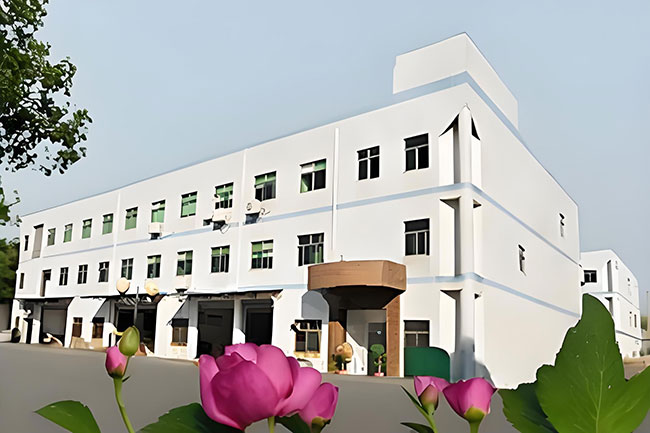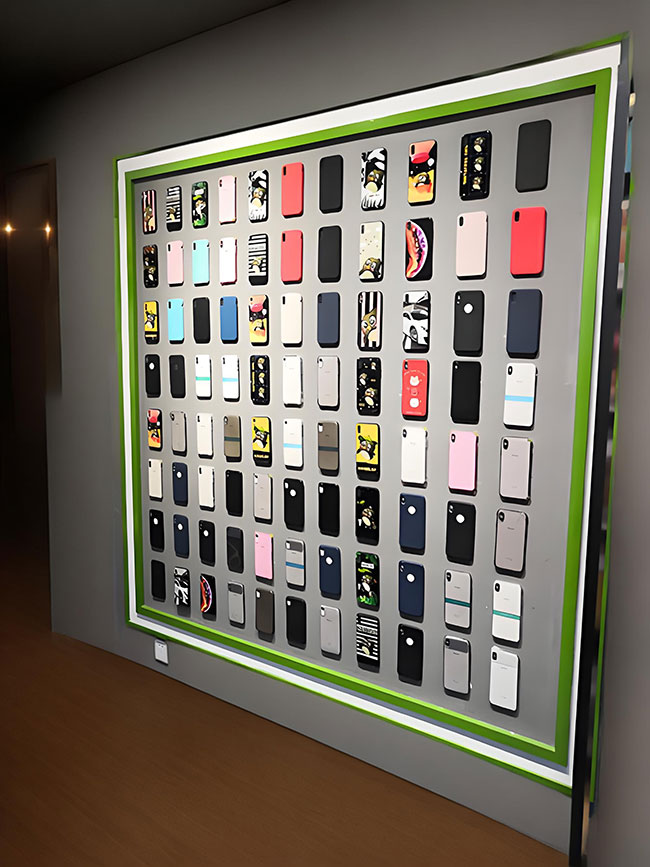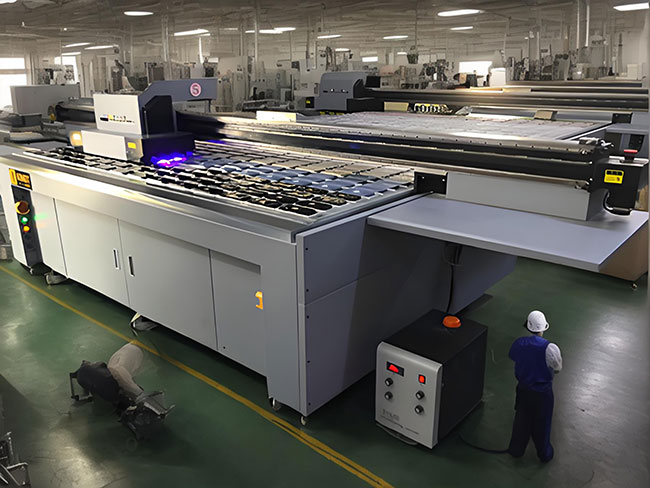-
The Diverse Landscape of Data Cabling and Connectivity
Data Cable ViewCount
data cabling and connectivity have become indispensable components of our daily lives. From the humble USB A to USB C data cable to the cutting-edge 100 Gbps fiber optic cable, each type of cable serves a unique purpose in facilitating seamless data transfer and communication.
At the heart of every home and office lies a complex network of cables, known as home data cabling. This intricate system of wires and connectors ensures that every device, from computers to printers, is seamlessly integrated into a single, functional ecosystem. Data jacks, installed at strategic locations, provide convenient access points for devices to connect and exchange information.
Broadband data cables have revolutionized the way we access the internet. These high-speed cables enable us to stream videos, play online games, and work remotely without experiencing any lag or buffering. Whether you're browsing through social media or attending a video conference, a reliable broadband data cable is the backbone of your digital experience.
But for the most demanding applications, such as data centers and high-speed networks, nothing beats the performance of 100 Gbps fiber optic cable. This ultra-high-speed cable uses light to transmit data, resulting in lightning-fast speeds and unparalleled bandwidth. It's the perfect solution for enterprises that require massive amounts of data to be transferred quickly and efficiently.
USB cables have come a long way since their inception. The USB A to USB C data cable has become increasingly popular due to its versatility and compatibility with a wide range of devices. Similarly, USB C transfer cables and magnetic USB C data cables offer convenient and reliable data transfer solutions. These cables are not only faster but also more durable, making them ideal for use in demanding environments.
In addition to traditional cables, there are also specialized cables designed for specific purposes. For example, DH+ cables are commonly used in industrial automation systems, while Liyy cables are known for their excellent electrical insulation properties. Data transfer USB cables, on the other hand, are designed to transfer data between devices with minimal loss or interference.
Cable management is another crucial aspect of data cabling. Poorly managed cables can lead to tangled messes, which can compromise the performance of your network. That's where data rack cable management comes in. It involves organizing and routing cables in a neat and orderly manner, ensuring that they are easily accessible and do not interfere with each other.
For those who require professional assistance with their data cabling needs, data cabling contractors offer a wide range of services. From designing and installing custom cable systems to troubleshooting and repairing existing networks, these experts have the knowledge and expertise to ensure that your data cabling infrastructure is up to the task.

Finally, it's worth mentioning the importance of data security. Data blocker USB C data cables offer an additional layer of protection by preventing unauthorized data transfer. This feature is especially useful in environments where sensitive information needs to be kept secure.
the world of data cabling and connectivity is vast and diverse. From USB A to USB C data cables to 100 Gbps fiber optic cables, each type of cable plays a vital role in facilitating seamless data transfer and communication. By investing in the right cables and working with experienced data cabling contractors, you can ensure that your network infrastructure is reliable, efficient, and secure.
Factory production workshop |

|

|

|
Rarticle:
- Small phone case, fashion label for big city adventurers
- Mobile power bank accompanies me in dimly lit places
- Wilderness Survival: Adventure of Charging Cables
- Design and Application of Intelligent Interactive Phone Cases
- The infinite possibilities brought by the 360 degree rotating phone holder
- The combination of creativity and practicality in homemade phone holders
- The phone screen protector suddenly cracked
- Data Maze: Time Fragments in Mobile Hard Drives
- The accidental fire of mobile phone charging cable
- Memories of an old iPod charger
- Category
-
- Search
-
- Friend link
-